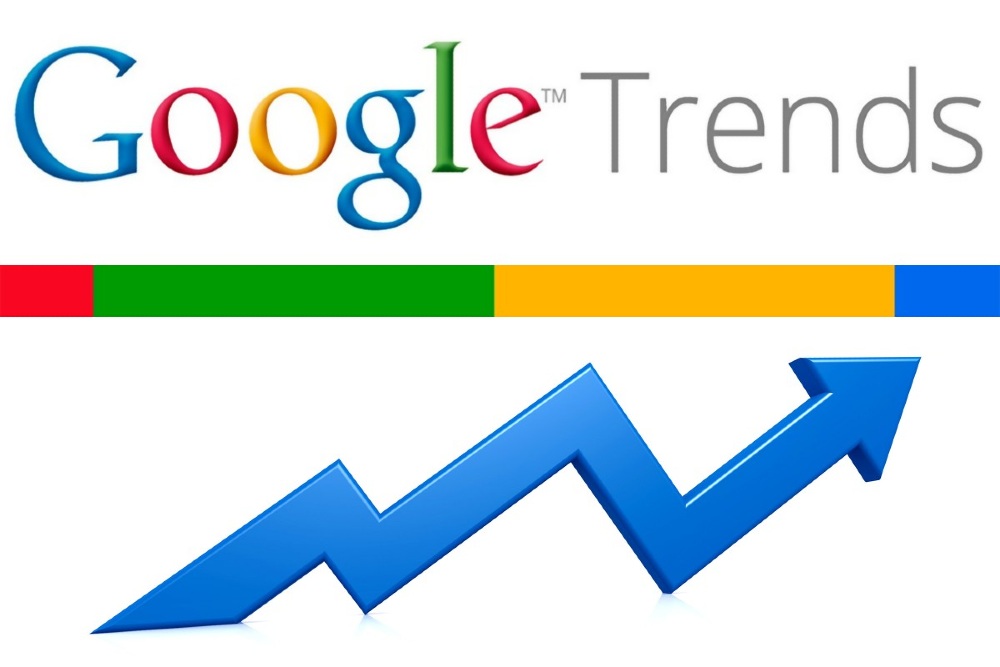18 Aug

Blog writing is gaining traction in digital marketing today. Not only because it’s affordable, but also because one can learn some SEO blog writing tips to rank on Google. Its popularity accounts for over 70 million posts that WordPress users publish monthly.
It’s no surprise why more and more companies are using blog writing for their digital marketing tactics. Why? Because it boosts online presence and helps their brands scale. Unfortunately, 90.63 percent of web content doesn’t achieve traffic. And this is because these blogs aren’t optimized for SEO.
If you have no idea what SEO is, it’s merely the queries you search on search engines. The results on the first pages are all because of SEO optimization techniques. Here’s a rundown of how SEO works:
- Research the keywords you want to rank
- Select the most relevant keywords
- Integrate those keywords on your content
- People read your content and link to them
- Search engine algorithms rank your content
And in this article, we’ll tell you some tips to get started on SEO blog writing.
1. Keyword research
The first step in getting your blog marketing started is keyword research. Without targeting the right keywords, your content will never rank. There are a couple of ways you can search for keywords relevant in your niche.

Check social platforms. First is to head on over to social networks and check what words or phrases your audience frequently uses. Scroll through industry trends, news, events, and be keen about picking up on popular keywords.
Use Google Trends. You may also turn to Google trends to check popular keywords in your niche.
Stalk your competition. If you’re having a hard time on what keywords to use, stalk your competitors. Check their blog and check the titles for any obvious keywords. You may also use UberSuggest to check their website URL to show what their high-ranking keywords are.
2. Eye-catching headline
One metric in SEO blog writing is your click-through rate. It is measured by how many people click on your content. And one way to increase your click-through rate is by creating compelling headlines that entice readers.
No matter how valuable your content is, if your headline doesn’t make readers click, your efforts are futile. According to Conversion XL, listicle titles or headlines with numbers are always more enticing than those without. Here are a few tips on writing compelling headlines:
- Understand your target audience
- Write several headline variations and read them out loud
- Select the most essential benefit of your content and include it in the headline
- Include the pain point in the headline
- Make it different, quirky, straightforward
- Write numbers on your headlines
- Start with the words “How To”
Next is to check if your headline is click-worthy. You can use CoSchedule’s Headline Analyzer. Overall, creating compelling headlines means luring your readers to click. If you can go beyond that step, then you’ll likely succeed in SEO blog writing.
3. Longer, scannable content
As for your blog content, try to aim for longer posts. The longer the posts, the more Google can crawl and check for relevance. Moreover, having longer content means you can insert more keywords without appearing spammy. Did you know that the 10th positions in search engines are 400 words less than results in the first positions?
Moreover, you should also cater to the readers’ short attention span. Create blogs that contain relevant subheadings, bullet points, numbers, or anything that gives it structure.
4. Write punchy meta descriptions
The meta descriptions are the short sentences underneath the headline and your website’s URL on search engines. Here’s an example from Moz:

When writing meta descriptions, make sure it’s punchy, straight to the point, and describes what the content is about. Here are a few tips:
- Keep it under 150 characters for desktop
- Keep it under 113 characters for mobile
- Include your primary keywords in the meta description
- Make your descriptions unique
- Mention a pain point and provide a solution which they can find in your content
- Include a call to action
PRO TIP: Don’t take your meta descriptions for granted because they are also one factor that can make readers click. Users scroll through the headlines first and read the meta next to know if the content is what they’re looking for.
5. Keyword density
Before, bloggers usually write the keywords as many times to rank on search engines. Now, this is considered as keyword spamming and black hat SEO. And this is a no-no.
According to Neil Patel, achieve a keyword density of less than 5.5 percent. To calculate your keyword density, count how many times you mentioned the keyword on your blog, and divide it by the total number of words.
Example: 20 times (number of times you mentioned the keywords) / 1,000 words (total number of words in your blog) = 2% (keyword density)
You also have to distribute the keywords evenly throughout the blog. However, make sure that you write them on:
- Titles
- Headings and subheadings (H2, H3, H4)
- Meta descriptions
- URL/Slug
- Image alt text
PRO TIP: Try to include similar keywords or synonyms throughout the article as well. Google checks relevance through related keywords, which is crucial in SEO blog writing.
6. External and internal links
Think of your page links as your “popularity score.” The more people link to your page, the higher your authority is. The higher the authority, the more search engines rank your content. And there are two kinds of links you need to consider: External and internal links.
External Links:
You might be thinking that linking to other similar websites is enough. However, search engines also crawl through that website and check if it’s an authority site. Plus, Google prefers a more in-depth content than surface-level content when it comes to external links. Last but not least, the anchor text must be relevant and natural.
Internal Links:
You also have to link to your previous blogs that are similar. But choose the articles wisely. Make sure that it provides the readers with more value by expounding more on the topic.
7. Optimize images for page speed
You can write the most valuable content. However, if your page takes too long to load, then readers won’t be amused. They can quickly abandon your page, which is terrible for your bounce rate.

One reason why pages take too long to load is the images you use. Ensure that you always optimize the photos. Always make sure they are in JPG format and make the size less than 100kb. Pixlr is a free tool that can efficiently compress your photos.
Conclusion
SEO blog writing can be attainable if you know the industry trends and techniques. If you find the writing part difficult already, services such as Content Fuel can help you. They have different plans suited for every business level. Check out Content Fuel’s pricing here.










